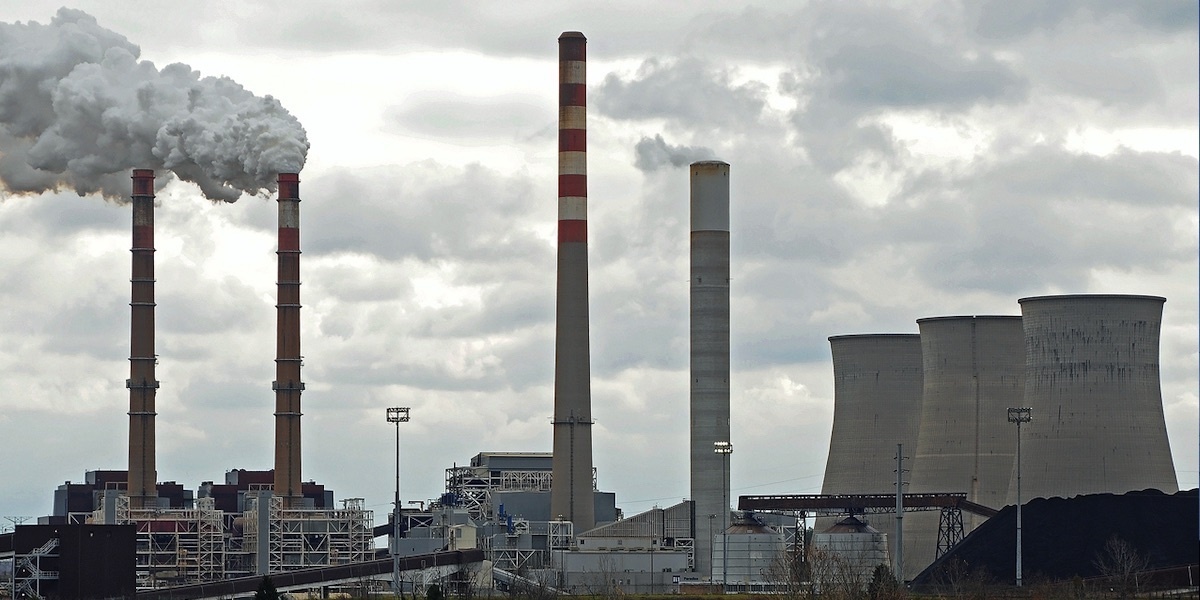
‘It’s About Economics’: Two Coal Plants to Close Despite Trump’s Tweet

Trump is losing his rallying cry to save coal. The Tennessee Valley Authority (TVA) voted on Thursday to retire two coal-fired power plants in the next few years despite a plea from the president to keep one of the plants open.
Earlier this week, the president posted an oddly specific
tweet that urged the government-owned utility to save the 49-year-old Paradise 3 plant in Kentucky. It so happens that the facility burns coal supplied by Murray Energy Corporation, whose CEO is Robert Murray, is a major Trump donor.
But the TVA board of directors voted 5-2 in favor of closing that plant as well as the Bull Run plant in Tennessee.
https://twitter.com/realDonaldTrump/statuses/1095080896342814720
After the vote, the agency
tweeted that the decision to close the plants “will ensure continued reliable power at the lowest cost feasible.”
The part about “lowest cost feasible” is key: It simply became too expensive to maintain and operate the aging plants. As TVA CEO William Johnson the
Associated Press, “It is not about coal. This decision is about economics.”
In an
environmental assessment released Monday, the agency recommended retiring the Paradise plant due to high maintenance costs, unreliability and its need for repairs.
“The overall costs to our customers would be $320 million lower if these two plants were not in the fleet,” TVA CFO John Thomas told the board, as quoted by the AP.
Keeping them open would have cost an estimated $1.3 billion in equipment and maintenance investments, according to the
Chattanooga Times Free Press.
So the board’s decision to close the plants wasn’t even based on coal being the most polluting energy source. It was so TVA customers can save money on electricity bills (the benefit of cleaner air is just a bonus).
President Trump’s pledge to end the so-called “war on coal” was one of his signature campaign promises. But coal plants are
closing at a rapid pace because of economics and competing power sources. As Bloomberg wrote, “What was true under President Barack Obama is still true today: Coal’s share of the power mix is declining, and wind and solar remain the fastest-growing U.S. sources of electricity.” Coal’s decline has also been attributed to the rise of natural gas.
#Wind and #Solar Are the Final Nails in #Coal’s Coffin https://t.co/eVZpnIIUG2 @cleantechnica @BeyondCoal
— EcoWatch (@EcoWatch) January 14, 2019
It’s clear that Trump’s efforts were not enough to sway the TVA board’s vote, even though he appointed four of its seven members, the AP noted. One of the “no” votes came from Trump-appointee Kenny Allen, a retired coal exec from Kentucky.
“I’m just not completely comfortable with the recommendation because the impact and ripple effect on community cannot be fully quantified,” he said, as quoted by the AP.
The shuttering of the two plants will cost 167 jobs at Paradise and about 100 jobs at Bull Run, and will affect the people in related jobs that support the facilities, the Chattanooga Times Free Press reported.
But Johnson, TVA’s CEO, said 40 percent of the plant employees whose jobs will be displaced are eligible for retirement, and added that those who want to stay could be offered jobs elsewhere in the utility, the Chattanooga Times Free Press wrote.
TVA board member Virginia Lodge, an Obama-appointee, sided with the majority.
“I don’t want anybody to think we have not heard and understood the heartfelt pleas from these communities,” she told NPR. “If we could make our decisions based on our sympathetic feeling it would be easy. Unfortunately we’ve all taken an oath to do what we think is best for the entire Valley.”
TVA said on Twitter, “We will work with impacted employees and communities.”
The TVA Board votes to retire Paradise Unit 3 and Bull Run within the next few years. Their decision was made after extensive reviews and public comments and will ensure continued reliable power at the lowest cost feasible. We will work with impacted employees and communities. pic.twitter.com/D9GuQUw9Mp
— Tennessee Valley Authority (@TVAnews) February 14, 2019

 233k
233k  41k
41k  Subscribe
Subscribe 